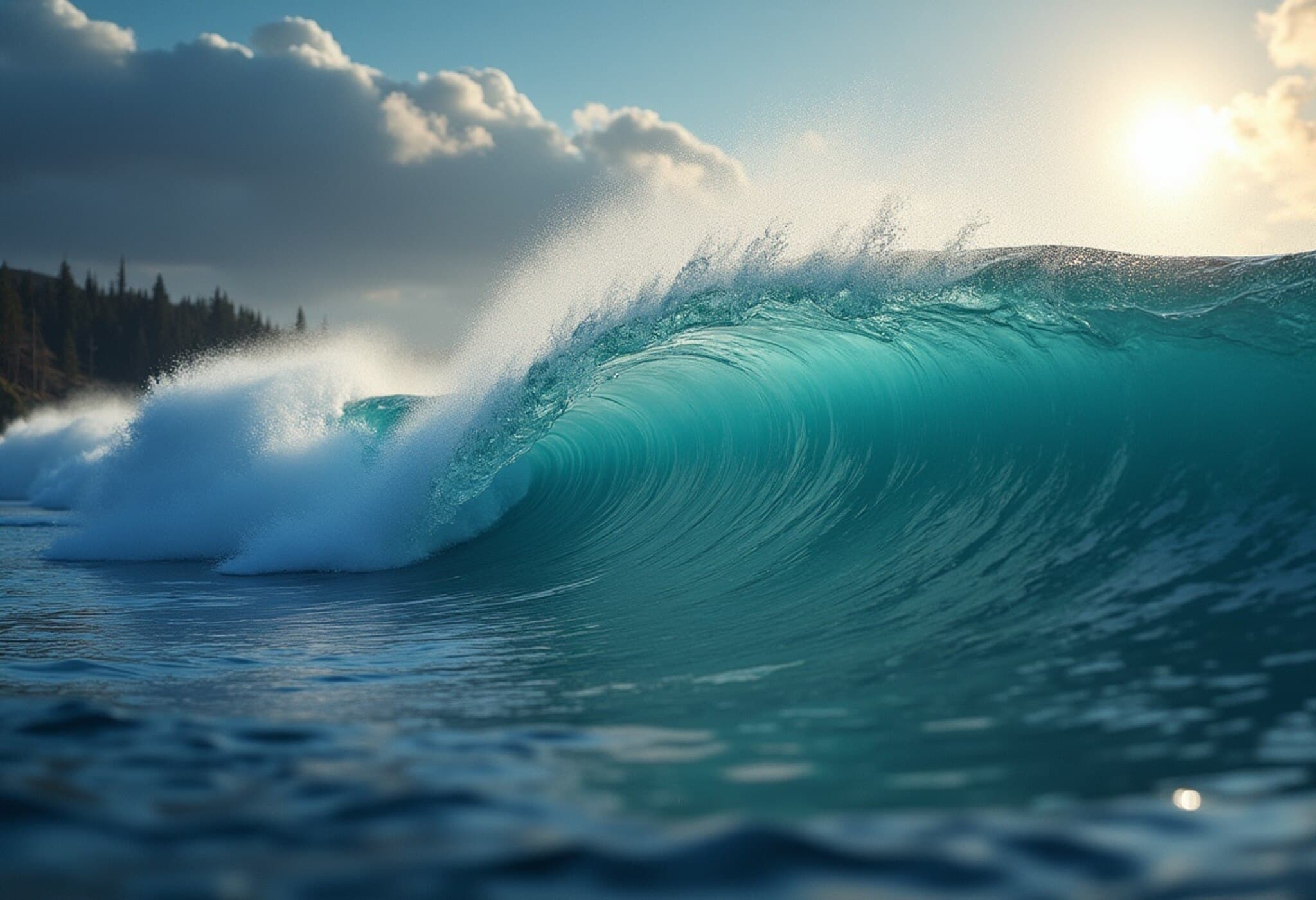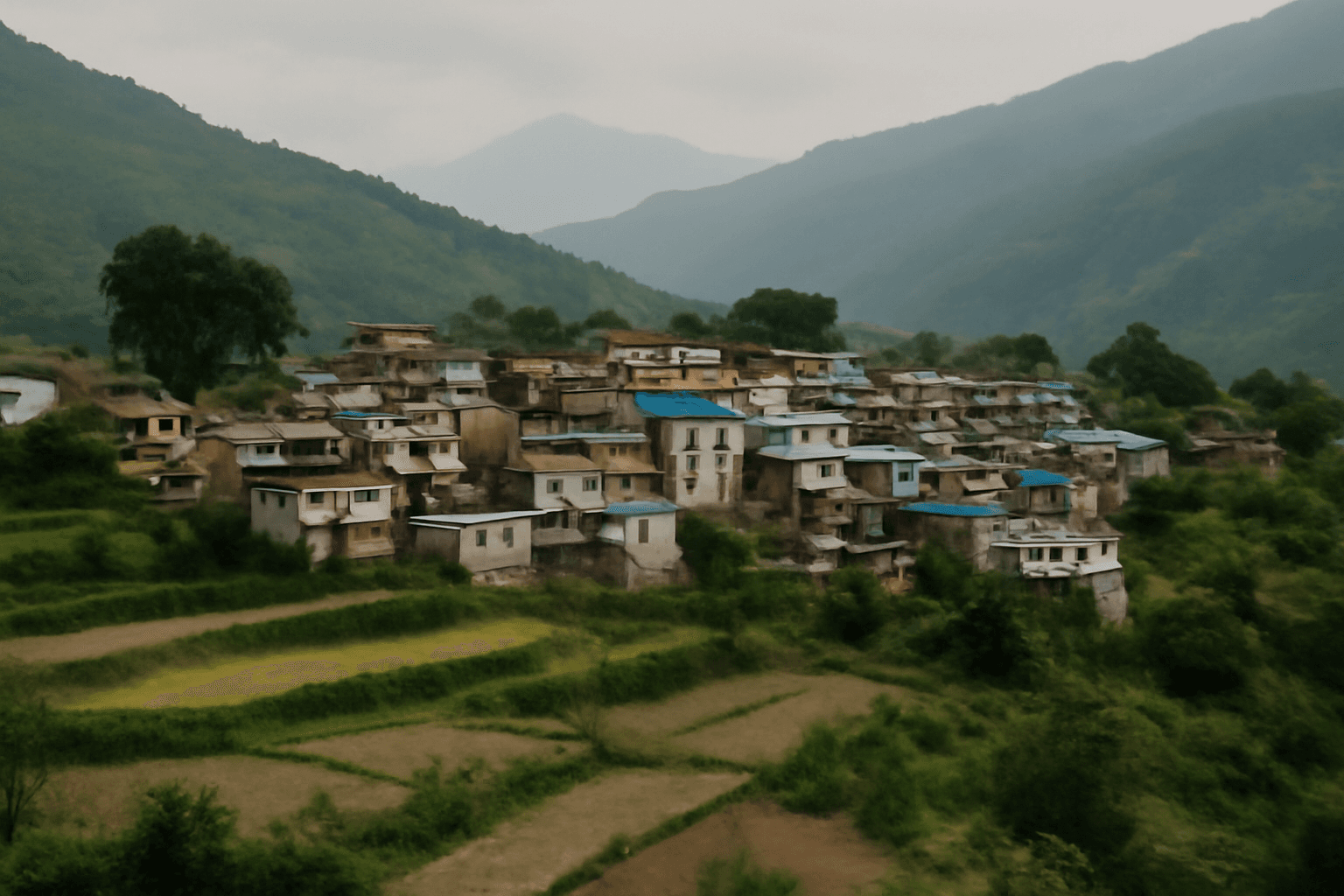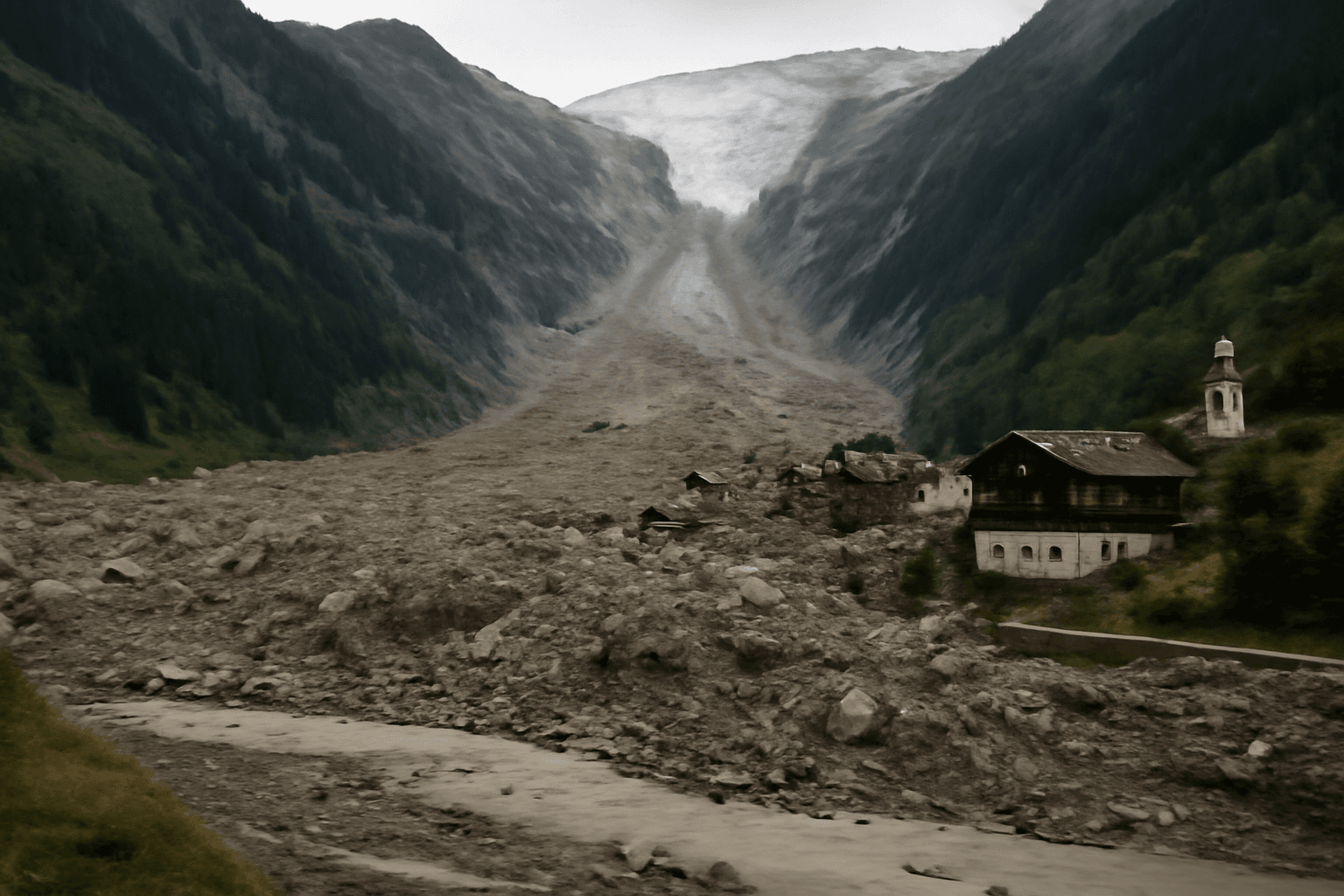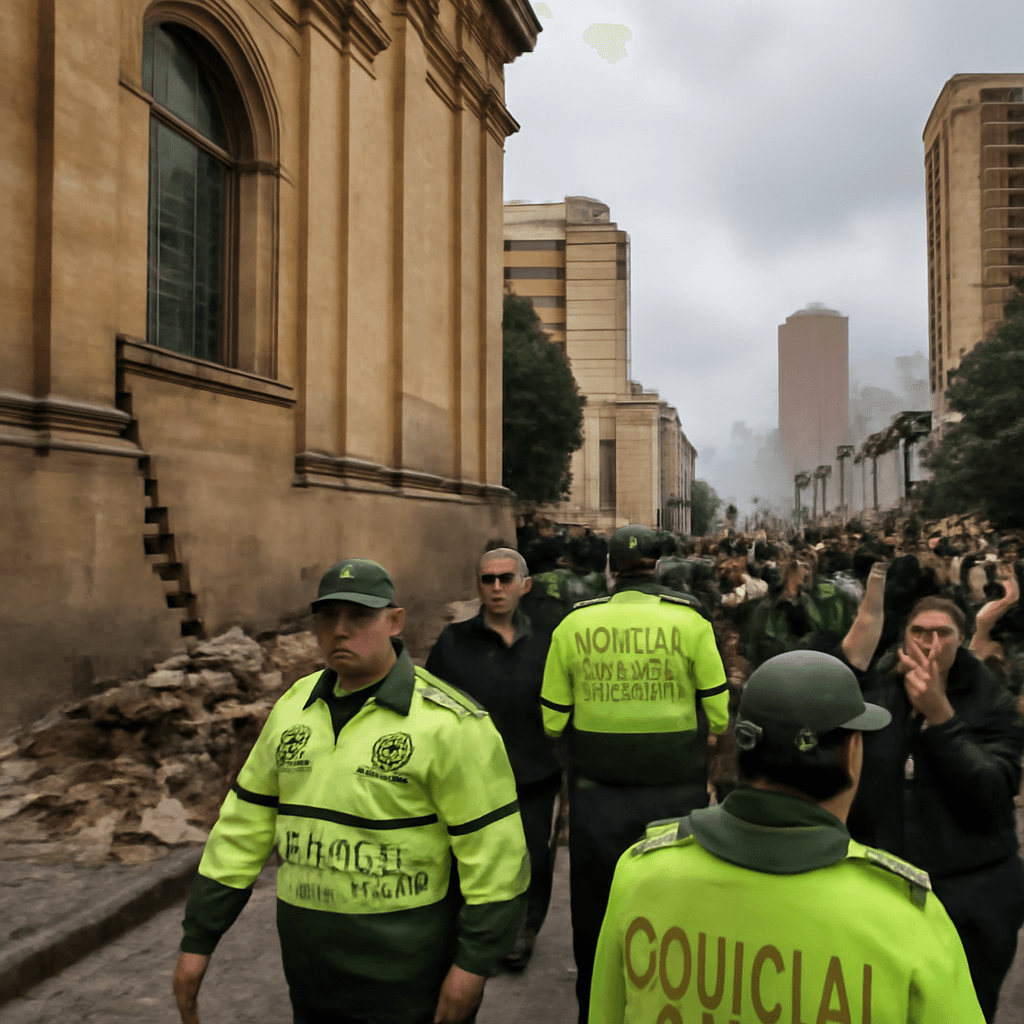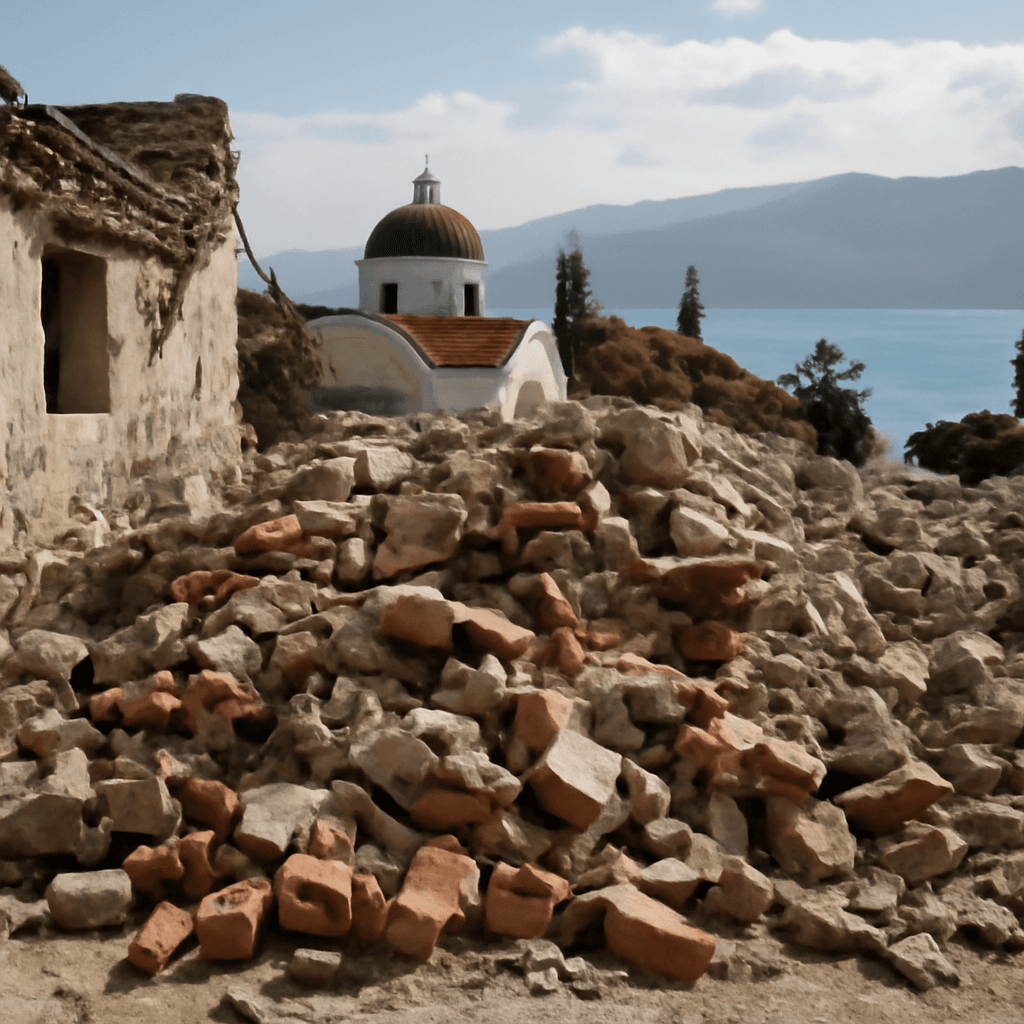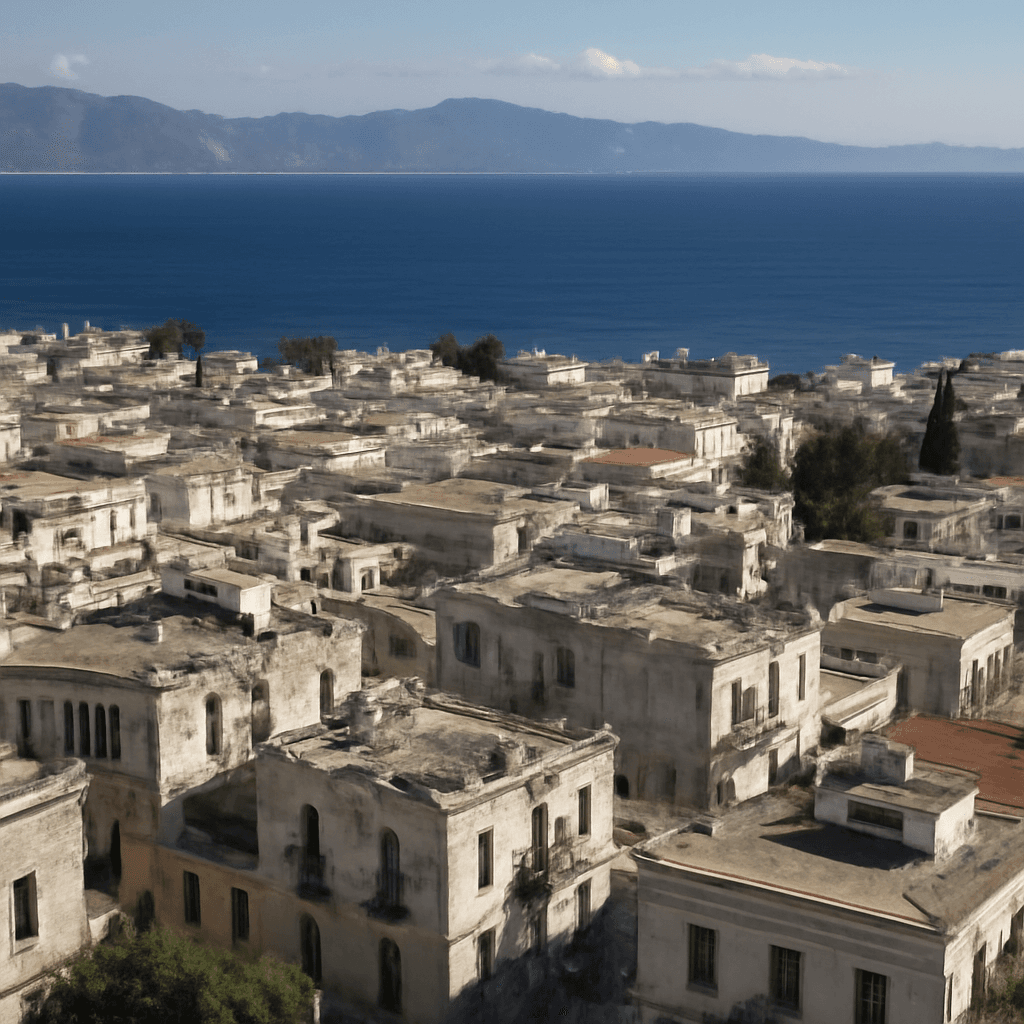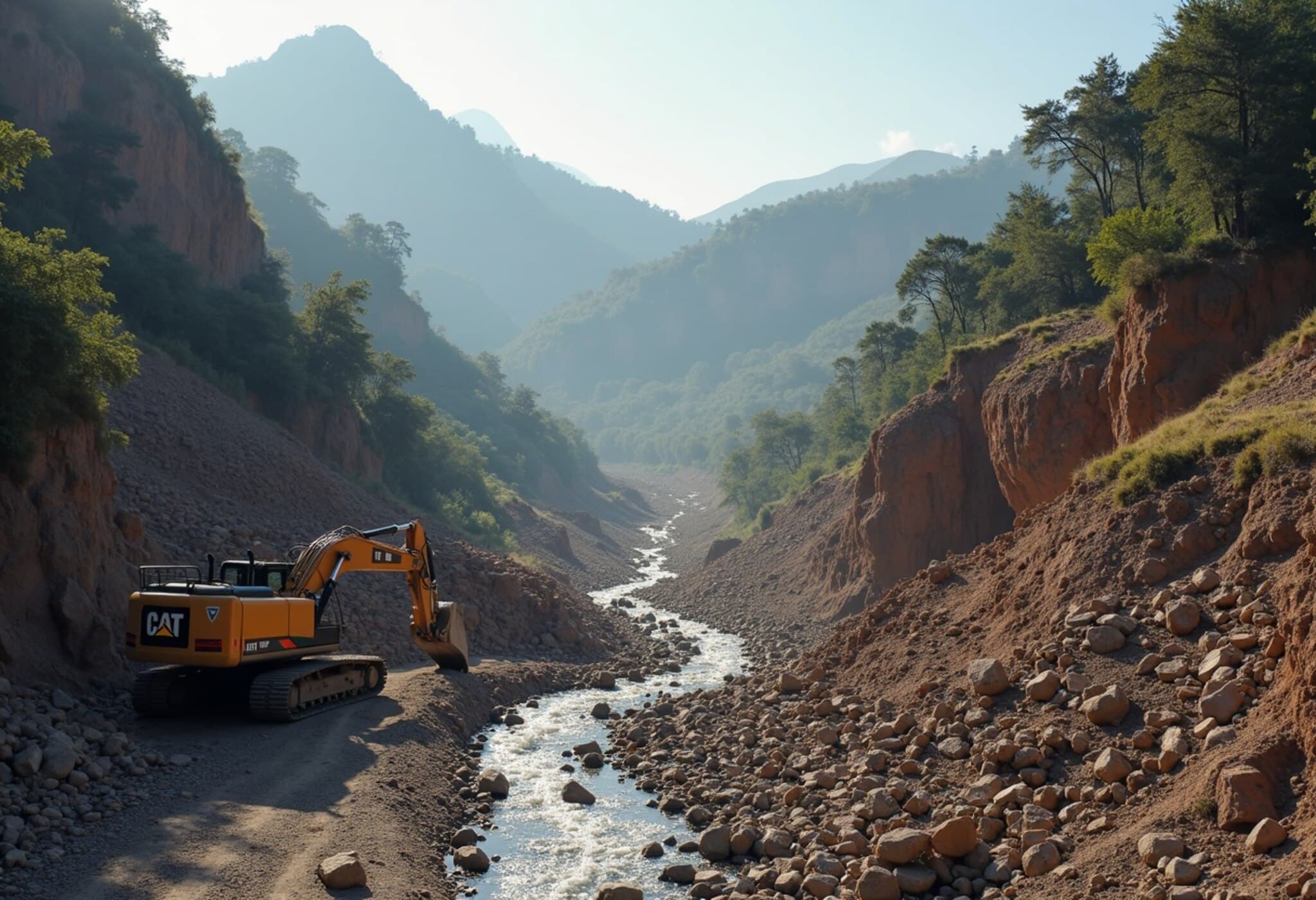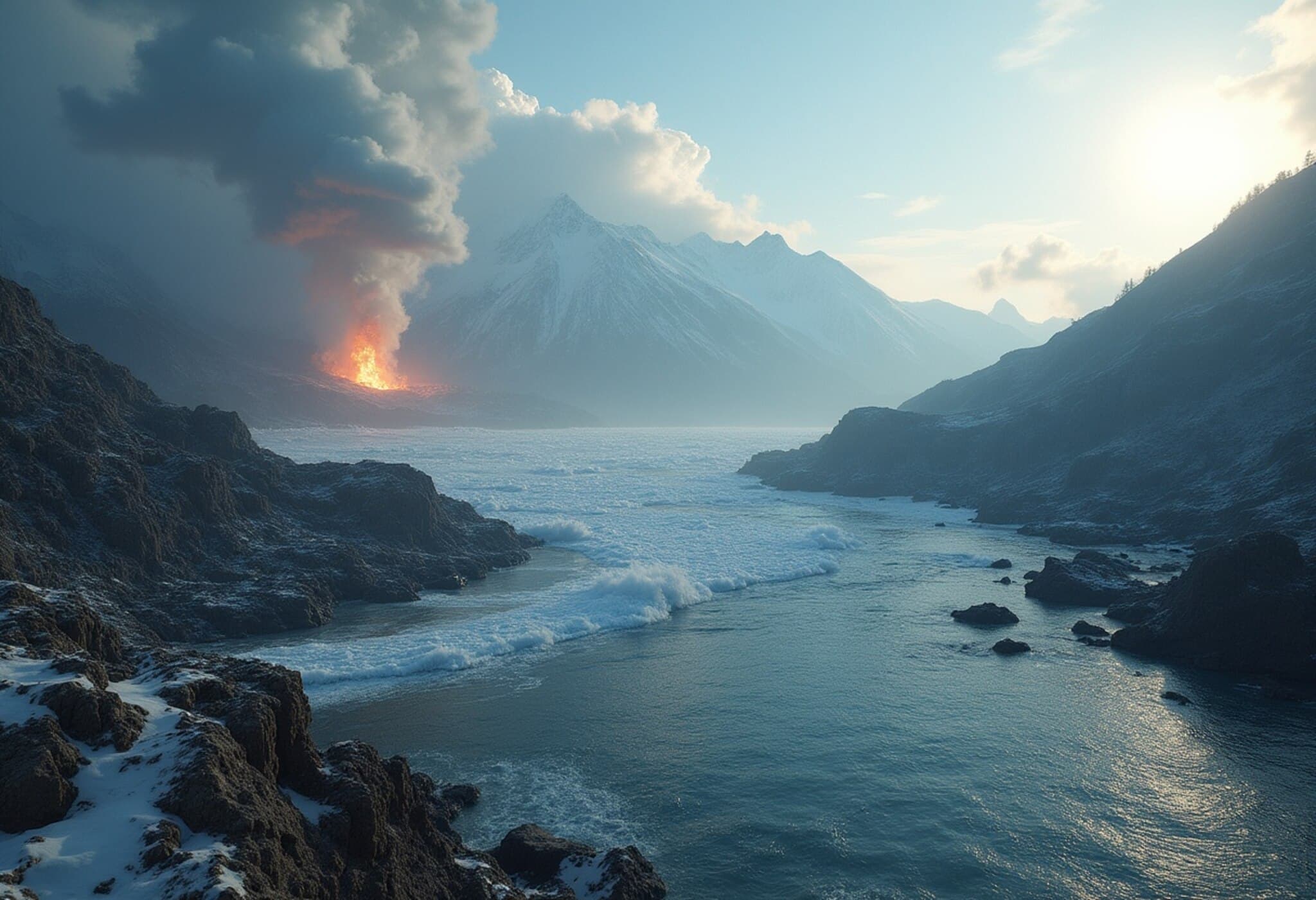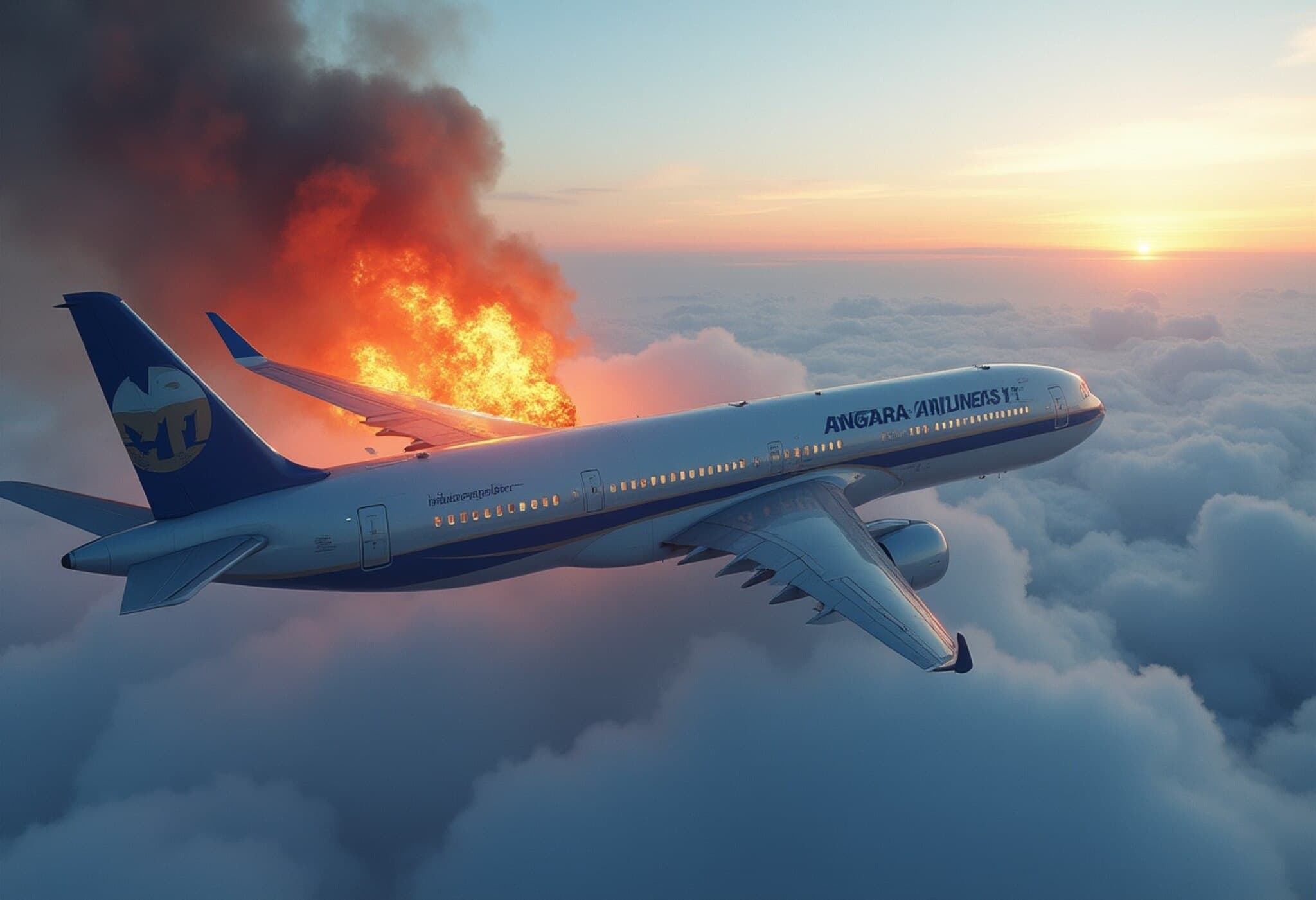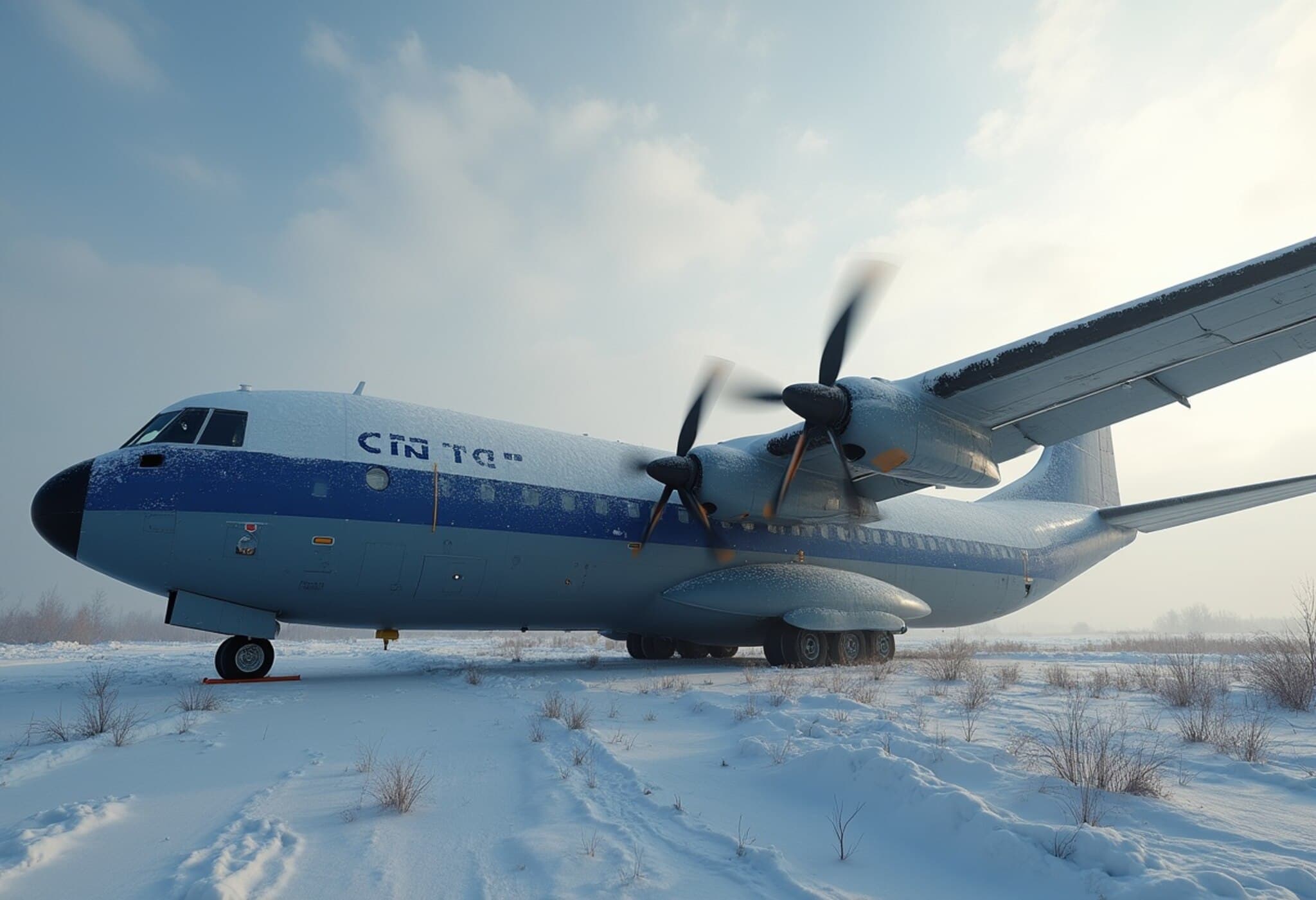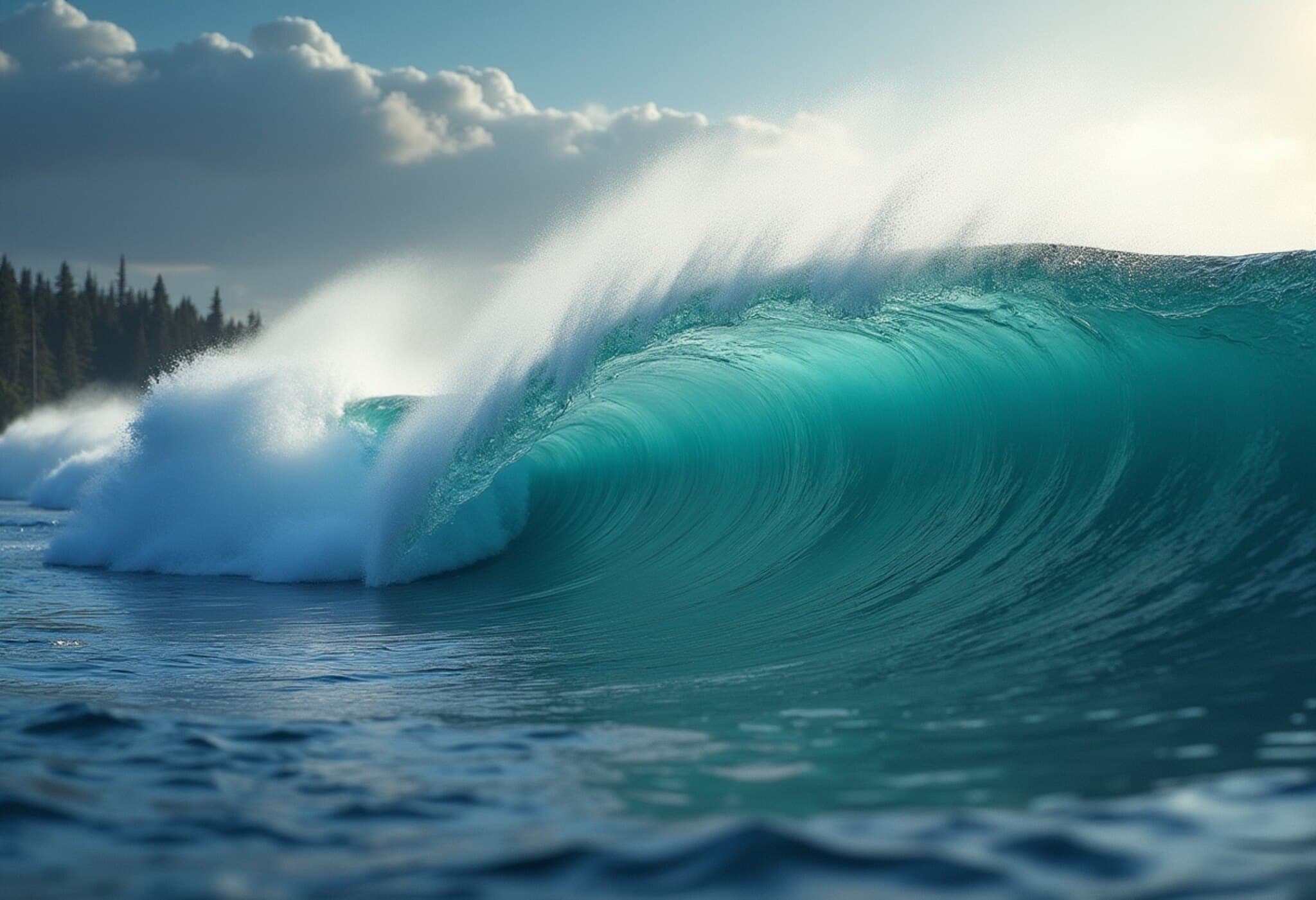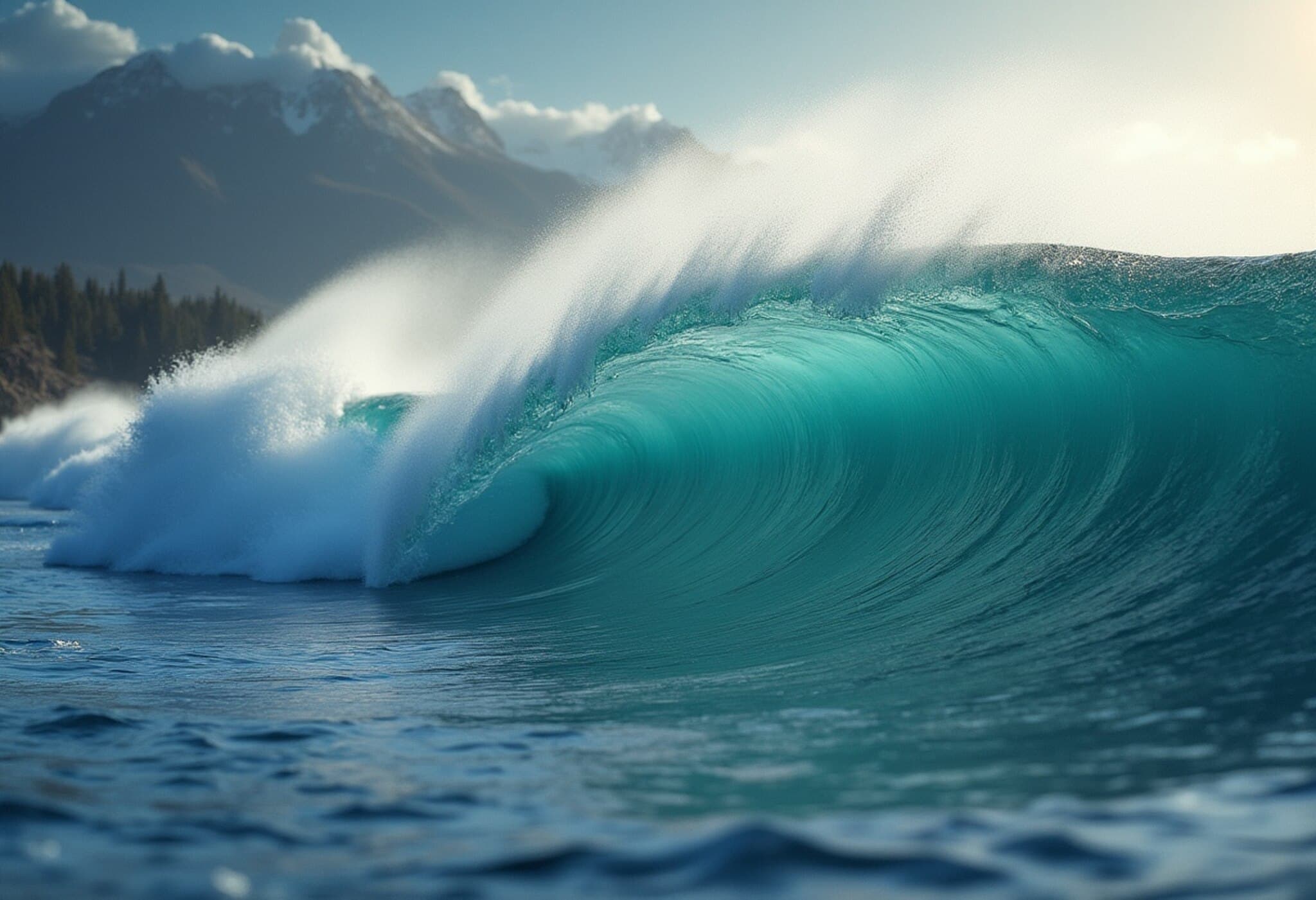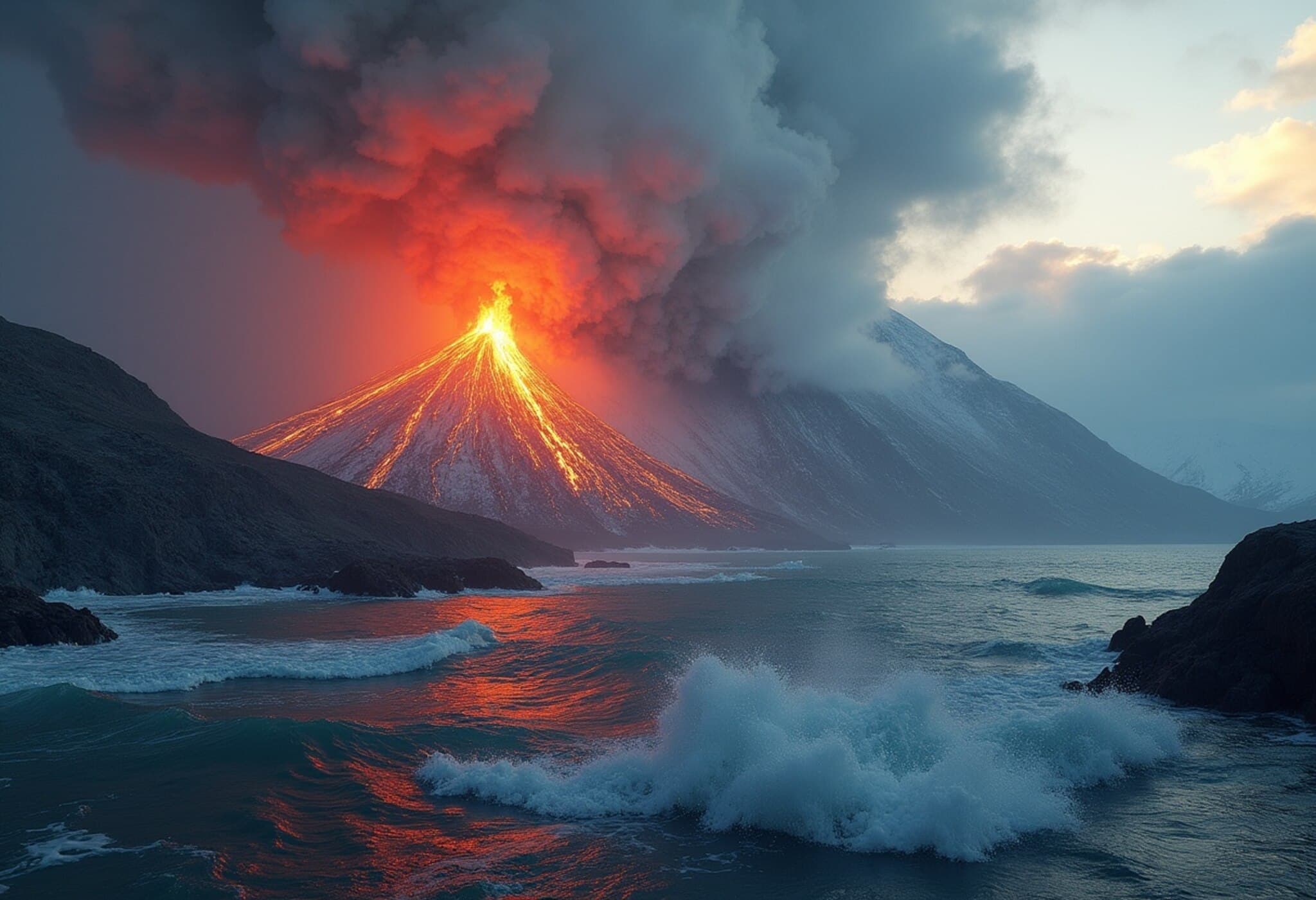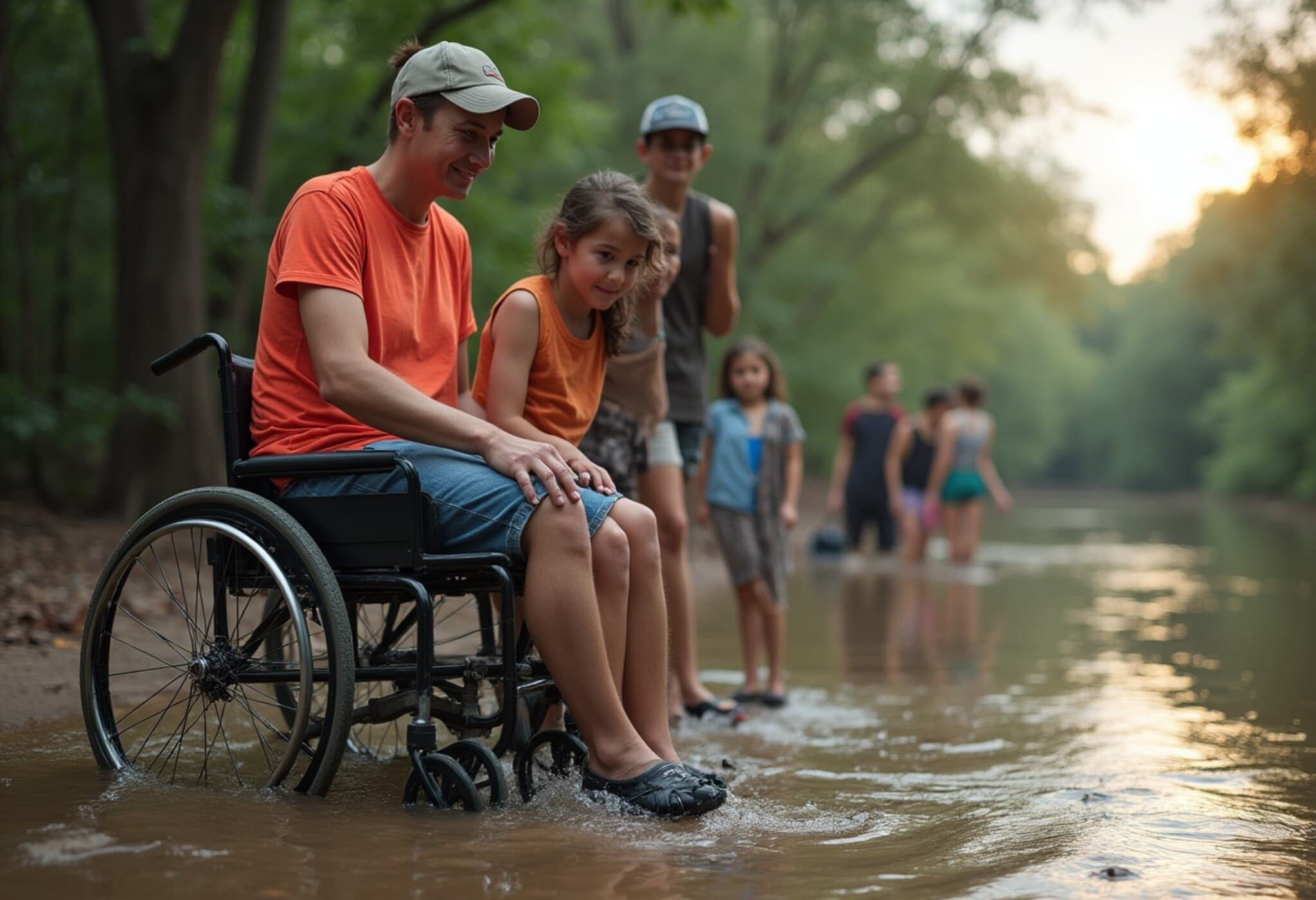Series of Strong Earthquakes Shake Russia’s Kamchatka Peninsula
On Sunday, a trio of powerful earthquakes rattled Russia’s Far East coast near the Kamchatka Peninsula, prompting officials to issue a tsunami warning for the surrounding Pacific region. According to the United States Geological Survey (USGS), the largest tremor registered a magnitude of 7.4, striking beneath the ocean approximately 144 kilometers east of Petropavlovsk-Kamchatsky.
Timeline and Details of the Quakes
- First quake: Magnitude 5.0
- Second quake: Magnitude 6.7 at 07:07 UTC, 151 km east of Petropavlovsk-Kamchatsky, depth 8.7 km
- Strongest quake: Magnitude 7.4 at 06:49 UTC, 144 km east of Petropavlovsk-Kamchatsky, depth 20 km
The USGS promptly issued a tsunami warning for hazardous waves within a 300-kilometer (186-mile) radius of the epicenter following the 7.4 magnitude tremor. Meanwhile, Germany’s Research Centre for Geosciences (GFZ) initially reported a magnitude 6.6 earthquake at a shallow depth of 10 km in the area, later adjusted from an initial 6.2.
Kamchatka: A Hotbed of Seismic Activity
The Kamchatka Peninsula is situated at the volatile boundary of the Pacific and North American tectonic plates. This tectonic setting frequently generates some of the world’s most powerful earthquakes and volcanic eruptions.
Since the 20th century, the region has endured at least seven major quakes exceeding magnitude 8.3. These seismic events highlight the inherent geological risks facing communities around this remote but strategically significant area.
Why This Matters: Regional Safety and Preparedness
While there have been no immediate reports of casualties or significant damage, the series of earthquakes underscores the urgent need for robust disaster preparedness in Pacific Rim nations, including Russia, Japan, and the United States.
Experts caution that even moderate tsunamis, generated from undersea quakes like this, can severely disrupt coastal ecosystems, fisheries, and local economies. Furthermore, the response coordination among Pacific nations is critical to ensure timely evacuations and minimize risks to life.
Expert Insight: The Gravity of Sequential Earthquakes
Seismologists note that the succession of quakes within minutes can signify a complex rupture process along fault lines. Such sequences often elevate the possibility of aftershocks, which themselves may carry destructive potential.
Dr. Elena Morozova, a leading seismologist specializing in the Kamchatka region, commented, “These events remind us that tectonic plates along the Pacific ‘Ring of Fire’ are constantly interacting. Early warning systems are vital tools in mitigating the human and economic toll of such natural disasters.”
Looking Ahead
This seismic episode remains an active story with monitoring agencies closely tracking aftershocks and any tsunami developments. Authorities continue to urge residents and visitors in the region to stay alert and follow emergency instructions.
Editor’s Note
The Kamchatka earthquakes highlight a persistent global challenge: balancing life near the earth’s most geologically active zones with advancements in early warning technologies and disaster resilience. As climate change and population shifts shape future vulnerabilities, it is crucial to maintain vigilant monitoring and cross-border collaboration. Readers should consider how investments in science and infrastructure can reduce the impact of inevitable natural disasters.

